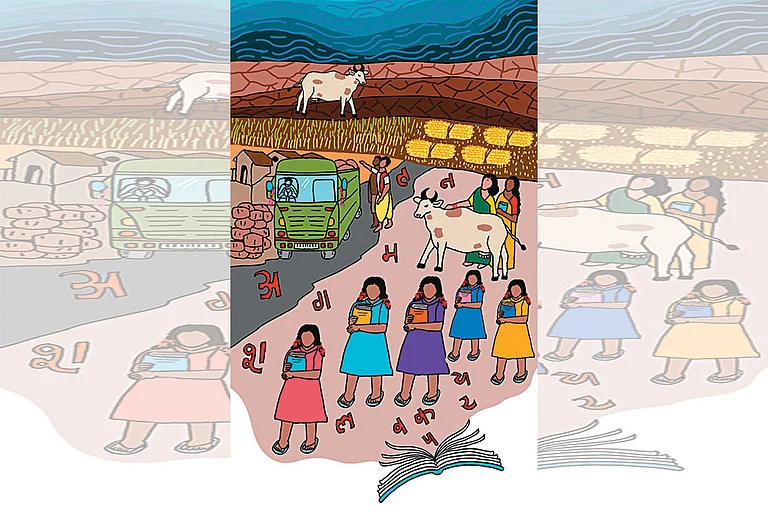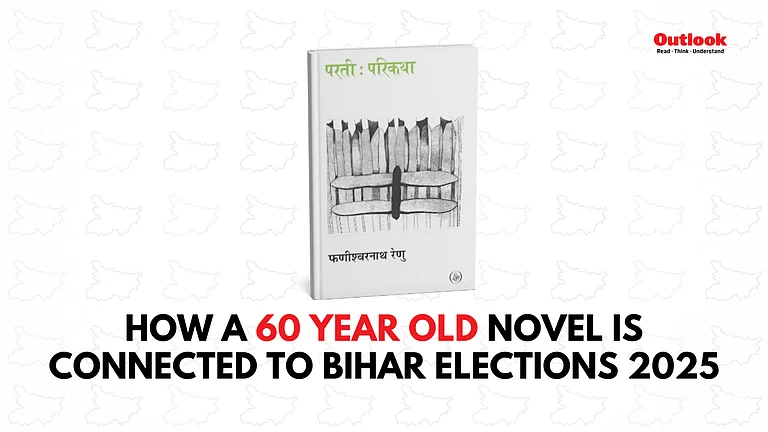
Abhay Chautala’s Rohtak rally positions him as a challenger to Bhupinder Hooda in Haryana’s Jat politics.
The INLD seeks revival amid disillusionment with both Congress and JJP leadership.
Chautala aims to reclaim Chaudhary Devi Lal’s legacy and bridge the Jat–non-Jat divide in Haryana.
By holding the 112th birth anniversary celebrations of Chaudhary Devi Lal in Rohtak on September, 25, 2025, Abhay Chautala has sent a clear message that he is ready to lock horns with Bhupinder Hooda in his home turf. In the 2024 Assembly elections, the Jats, the dominant community in Haryana, had high hopes from Bhupinder Hooda that he would wrest power from the Bharatiya Janata Party (BJP) and once again establish the dominance of the community in the State. The electoral debacle sent a wave of disappointment and also resentment against Bhupinder Singh Hooda for losing the battle. Hooda was blamed for deliberately not going all out against the BJP because of the numerous corruption cases lodged against him. A common perception has gained ground that Hooda has sought his freedom through some kind of an agreement with the BJP, which in a way was responsible for the victory of the BJP, leading to the formation of the BJP government for the third time in the state. This is a record of sorts because no party has been able to form a government thrice consecutively in Haryana.
The split faction of the Indian National Lok Dal (INLD), called the Jan Nayak Janta Party (JJP), lost its credibility after it formed a coalition government with the BJP in 2019. The JJP was seen as a corrupt outfit and could not win even a single Assembly seat in the elections of 2024. Now, a clear vacuum has emerged in Haryana politics on two fronts: the first one is: who is the leader who would be able to challenge the BJP in the 2029 elections. The second is regarding the vacuum in the leadership of the dominant Jat community. Both the JJP and Bhupinder Singh Hooda do not inspire confidence in their ability to confront the BJP in state politics.
Until 2014 (before the onset of BJP rule in the state), Haryana was literally ruled by the three Lals and the Hoodas for nearly 47 years. The BJP put an end to this dominance by certain strategic and deft political moves. The BJP played on the fears of the non-Jats and was able to mobilise them in its own favour in the last three assembly elections. The BJP selected Manohar Lal Khattar, a very low-profile party member to lead the government in the state and in the process was able to get the support of the large Punjabi community in the state. By appointing Nayab Singh Saini as the Chief Minister in 2024 just before the Assembly elections, the BJP was able to consolidate the Backward Classes in its own favour. Similarly, by bifurcating the SC reservation, the party was able to break the monopoly of the Congress amongst the SCs by gaining favour with those castes who felt deprived within the reservation system.
In such a situation, the role of the Opposition leader is more or less lying vacant despite Bhupinder Hooda claiming to be fighting with the BJP. Abhay Singh Chautala sees this as an opportunity not only to turn his own fortunes around but also that of his party, which has been sidelined for nearly 15 years in state politics. The last credible performance of the INLD was in 2009 when the party secured 31 seats and occupied the position of the main opposition party. Abhay Chautala now sees this time as an opportunity to seize the momentum of Haryana politics in his own favour.
The rally in Rohtak on September 25 could be considered very successful as per the massive participation of the people and could be seen as the reverse movement of the people back to the INLD fold and especially the Jats. This rally revives the memories of the classic battle between the Chautala’s and Bhupinder Hooda. Hooda arose to public prominence in the 1990s because of the severe defeat inflicted by him in the Rohtak Lok Sabha constituency, when he defeated Tau Devi Lal thrice.
Abhay Chautala is seen as a politician who is not scared of raising his voice and fulfills all the psychological traits of masculinity which are considered desirable in a society like Haryana’s where bravery and being vocal are considered as desirable attributes. Haryana is one of the main providers of personnel to the Indian Army and its society is enamoured by such leaders who symbolise fearlessness. Bhupinder Hooda in comparison is considered as a much more refined and urbane leader and does not appear to be seen as a macho personality like Abhay Chautala. Abhay Chautala, keeping up this image of a macho leader, had resigned from the Assembly during the Kisan Aandolan and the move reinforced this aspect of his personality.
Not only in Haryana but in the neighbouring states of Rajasthan and Western Uttar Pradesh also, one can observe a vacuum in the leadership of the Jat community. Chaudhary Charan Singh was the most prominent leader whose influence was not confined to western Uttar Pradesh only but also to large areas of North India. Chaudhary Charan Singh could sway voters in Rajasthan as well as Haryana. The second prominent leader whose influence extended beyond his own state was Chaudhary Devi Lal, who following Chaudhary Charan Singh, resigned from the Congress in the late 1960s and later on formed his own independent regional party. Devi Lal’s influence extended to Rajasthan from where he won the Lok Sabha seat in 1989. So, any rise to prominence in Haryana politics for Abhay Chautala could help him reclaim the legacy of Chaudhary Devi Lal and help the party extend its influence to neighbouring Rajasthan also. The Chautalas trace their roots to Rajasthan. The only thing to be done by Abhay Chautala is to get rid of the baggage of the past i.e. shed the image of a leader who was harsh even towards his own followers. This remake in the image has to be done in order for him to succeed.
For any regional political party to succeed in Haryana, especially for the INLD, it has to build new alliances and social coalitions. The rise of the BJP after 2014 has completely changed the contours of the politics of the state. The divide between the Jats and non-Jats has to be bridged by any regional outfit that aspires to gain power in the state. The INLD also has to take the people into confidence that it will not ally with the BJP because of its previous alliances with the BJP (which is why there is distrust amongst the people regarding its so-called antagonism with the BJP). The INLD also has to remould itself and give a message to the people that it is truly a party which will cater to the interests of all sections and regions of Haryana like other regional parties such as the Trinamool Congress in Bengal or the Dravida Munnetra Kazhagam in Tamil Nadu.
views expressed are personal.
Professor Rajendra Sharma teaches at the Department of Political Science, Maharshi Dayanand University, Rohtak, Haryana.




























